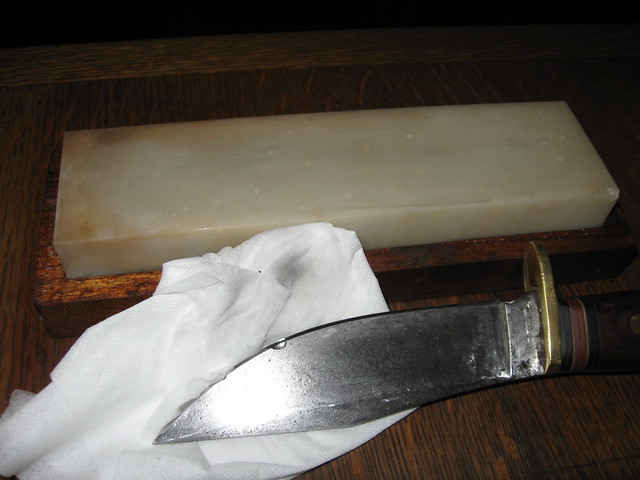JakeLoveshighCarbon
Well-Known Member
I made the switch to water stones years ago but the other day I picked up my dad's arkansas black to hone a white #1 after using a synthetic 5k stone. I used light pull strokes, and I swear it must have been a particularly smooth 8 to 10k finish. Anybody have any experience with the Arkansas stones? Does anyone feel like natural stones do something special or was it just the snake oil mixed with soap that I put on the stone? They seemed to give interesting feedback.
I know that the black stones dont remove much material if any, but I'm wondering if I should invest in one as a convenient hone to have in the kitchen rather than my permasoaked 4k synthetic.
I know that the black stones dont remove much material if any, but I'm wondering if I should invest in one as a convenient hone to have in the kitchen rather than my permasoaked 4k synthetic.






